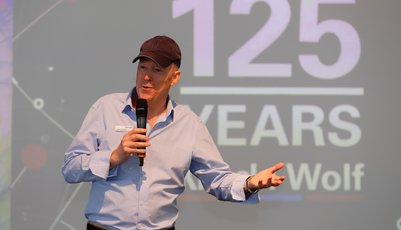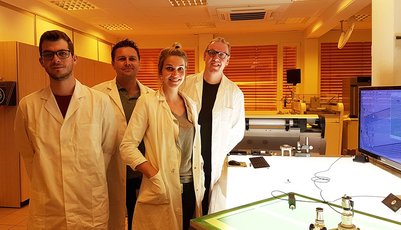Product news
Bird friendly glass
Bird-friendly glass
Decorative or invisible structuring of architectural glass to prevent bird collisions
Birds flying into windows are not only a major problem in big cities, but also in less populated regions
According to an estimate in the ornithological journal “The Condor” in 2014, between 365 to 988 million birds die each year by colliding into buildings in the United States. The German Council for Bird Protection (DRV) estimates in its magazine “Reports on bird protection, Issue 53/54 (2017)”, that the death rate of birds colliding with glass facades and window panels in Germany reaches 115 million.
In order to prevent bird collisions, there are now various versions of bird-friendly glass.
Using selective sputter coating, glass facades can either be decorated with high-contrast, metallic coatings or coated with UV-reflecting structures that are nearly invisible to the human eye.
What is magnetron sputter coating?
Magnetron sputter coating is a coating technique that can be used to coat glass panels with metal atoms or metal oxide atoms in a very thin layer. This coating is common for heat reflection at architectural glass – well known as mirrored glass on skyscraper facades in financial metropoles.
The same application method is used for selective sputter coating of architectural glass. Only that for the selective sputter coating, the metallic deposition is applied partially and not over the entire surface.
Image 1 shows an example of selective sputter coating on architectural glass. The glass facade with the floral design is at a shopping centre in Leicester, England. The sputtered pattern gives the building an interesting appearance. The coating protects the interior from the sun and birds recognize the structures as an obstacle and thus avoid flying into them.
With selective sputter coating, structures that reflect UV light can also be coated that are almost invisible to the human eye. This type of bird-friendly glass uses the spiderweb effect. Unlike humans, birds are able to detect light in the ultraviolet wavelength range.
This circumstance protects spider webs from being destroyed by birds. The spider webs reflect the UV light and birds recognise the spider webs as visible obstacles and avoid them.
UV light-reflecting structures that have been applied to the glass by means of selective sputter coating remain invisible to humans. Only the bird's eye sees a contrasting pattern and is thereby warned of the obstacle.
Using a sputter resist, a glass surface can be masked with a design prior to sputter coating. The areas which should not be coated, are protected with a resist. The masking can be done either by inkjet or screen printing. For glass sizes of less than 6 metres and larger numbers of glass panes with the same design, masking by means of screen printing is recommended. For larger glass formats or individual designs, the masking is preferably applied with inkjet. After the sputter coating process, the resist and the coating above can be removed with a special cleaning chemical, either manually or in an automatic washing unit.
Kissel + Wolf is the only manufacturer worldwide to offer screen-printable and inkjet-capable resists that have been specially developed for use in magnetron sputter coating. KIWOMASK W 850 Etch (screen printing resist) and KIWOMASK IJ 510 (inkjet resist) have been used successfully for this application for several years.
As a medium-sized, family-owned business based in Wiesloch near Heidelberg, Kissel + Wolf GmbH supplies chemical products worldwide for screen and textile printing; industrial, flock and special adhesives; cleaning agents as well as resists & coatings.
More details can be found on:
www.kiwo.de/kiwo/resists
Further information:
Michael Gross,
Business Development Manager Printable Media & Coatings
Kissel + Wolf GmbH Wiesloch, Deutschland
Tel: +49 6222 578-129
Email: michael.gross@kiwo.de
Web: www.kiwo.de




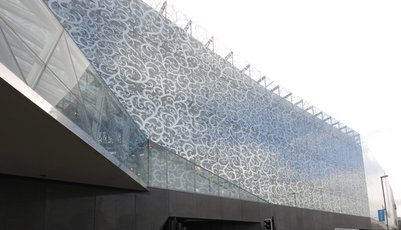
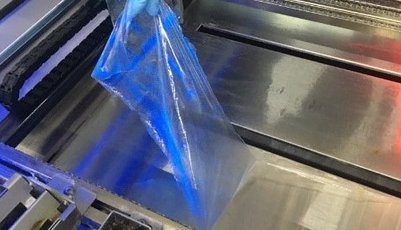
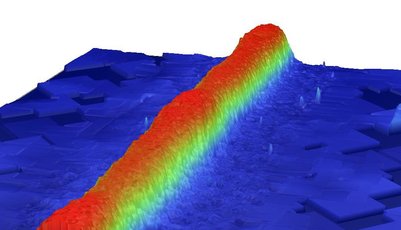
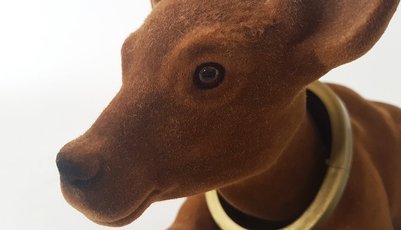
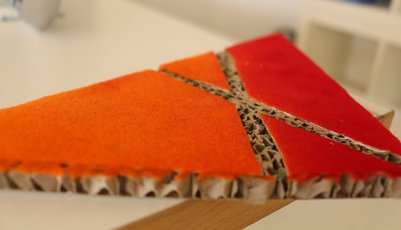
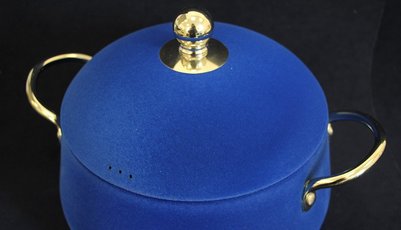
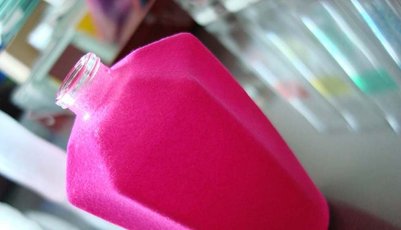
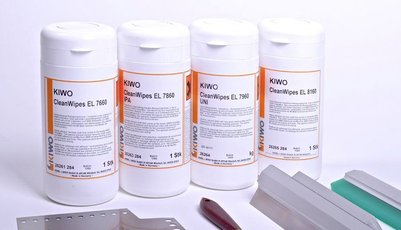
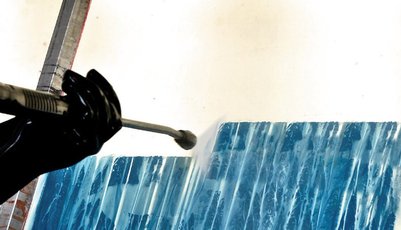
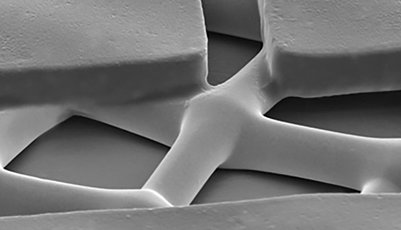
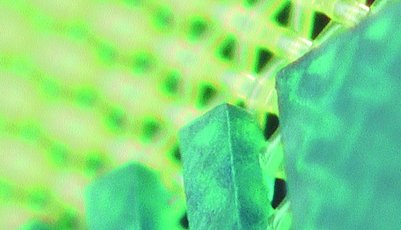
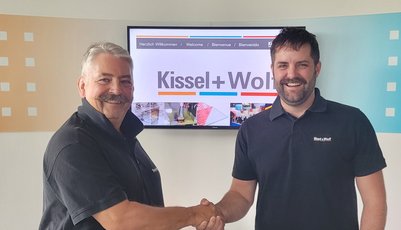
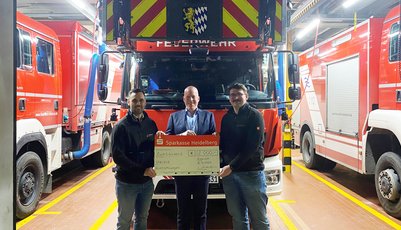
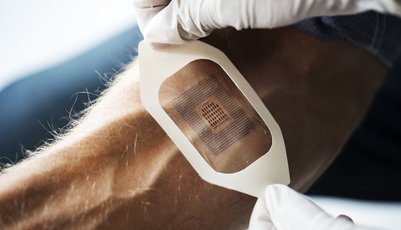
![[Translate to English:] [Translate to English:]](/fileadmin/_processed_/6/2/csm_Mobil_Bild_07f3104336.jpg)
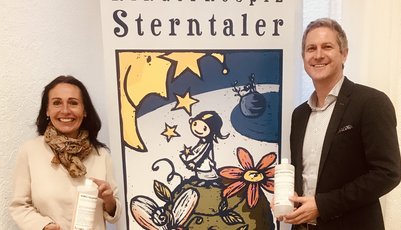
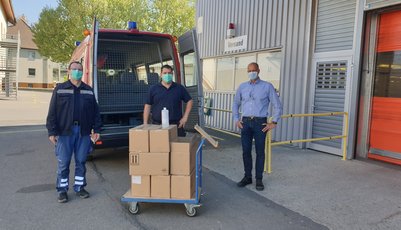
![[Translate to English:] [Translate to English:]](/fileadmin/_processed_/7/8/csm_Kissel_und_Wolf_Spendenaktion_2019_bbbc67feb4.jpg)
